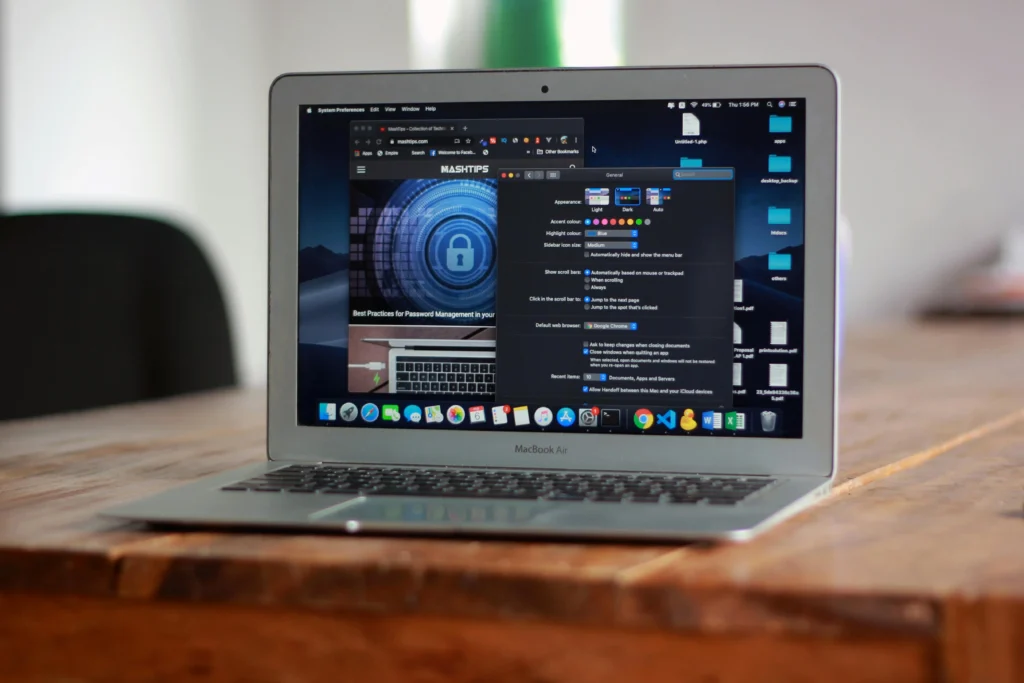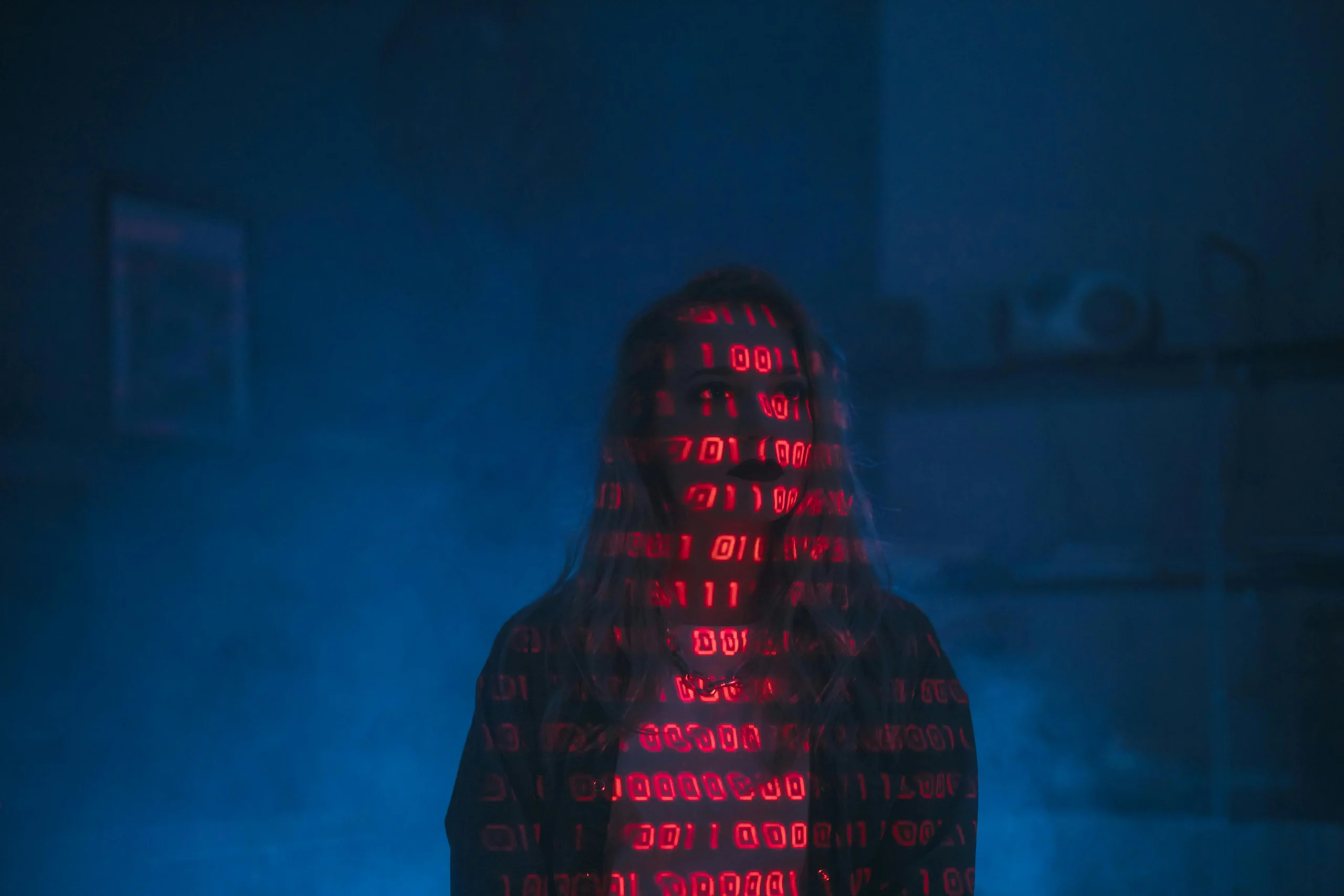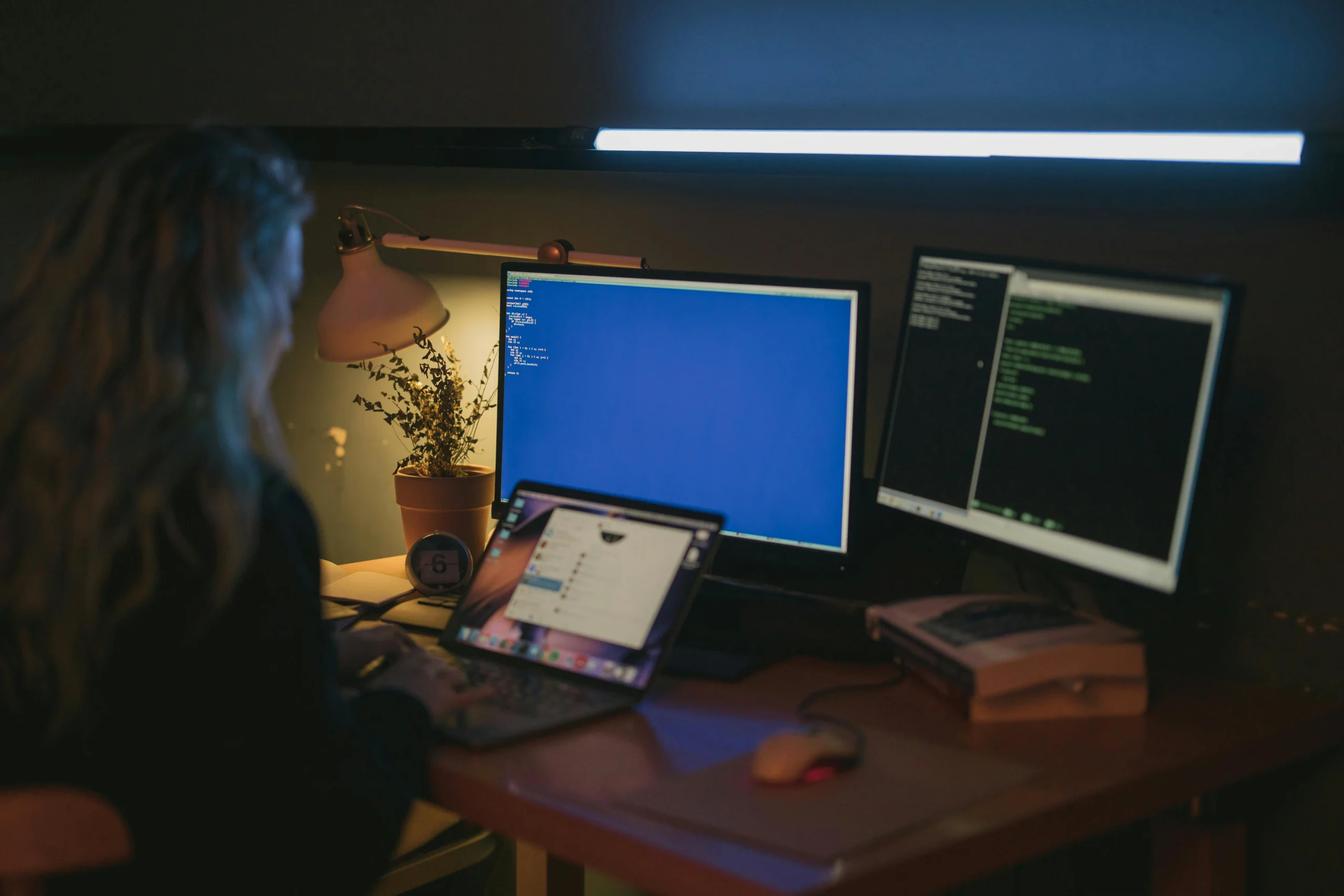A recent report in French publication Libération uncovered that the Louvre Museum, a recent victim of a daring heist, had been operating on outdated software for over a decade, including a version of Windows 2000. The robbery occurred on October 19, when thieves used a service elevator to gain access to the museum and stole eight pieces of jewelry. While the alarm systems functioned correctly, the security shortcomings prompted a thorough review of the museum’s safety protocols. This analysis has led to recommendations for better governance and security measures, including installing additional surveillance cameras around the museum.
Confidential audits from 2014 and 2017 indicate that the Louvre’s security systems were plagued with multiple issues related to outdated software. Significant findings include the use of Windows 2000 during a 2014 audit by the French National Cybersecurity Agency, which had stopped security updates for this OS in 2010. Recommendations were made to adopt more complex passwords and migrate to supported software versions. However, the museum’s compliance with these recommendations remains unclear, raising concerns about ongoing vulnerabilities. Further audits noted the continued usage of obsolete systems like Windows XP and outdated surveillance applications, suggesting a lengthy accumulation of technical debt over the years.
👉 Pročitaj original: CIO Magazine






